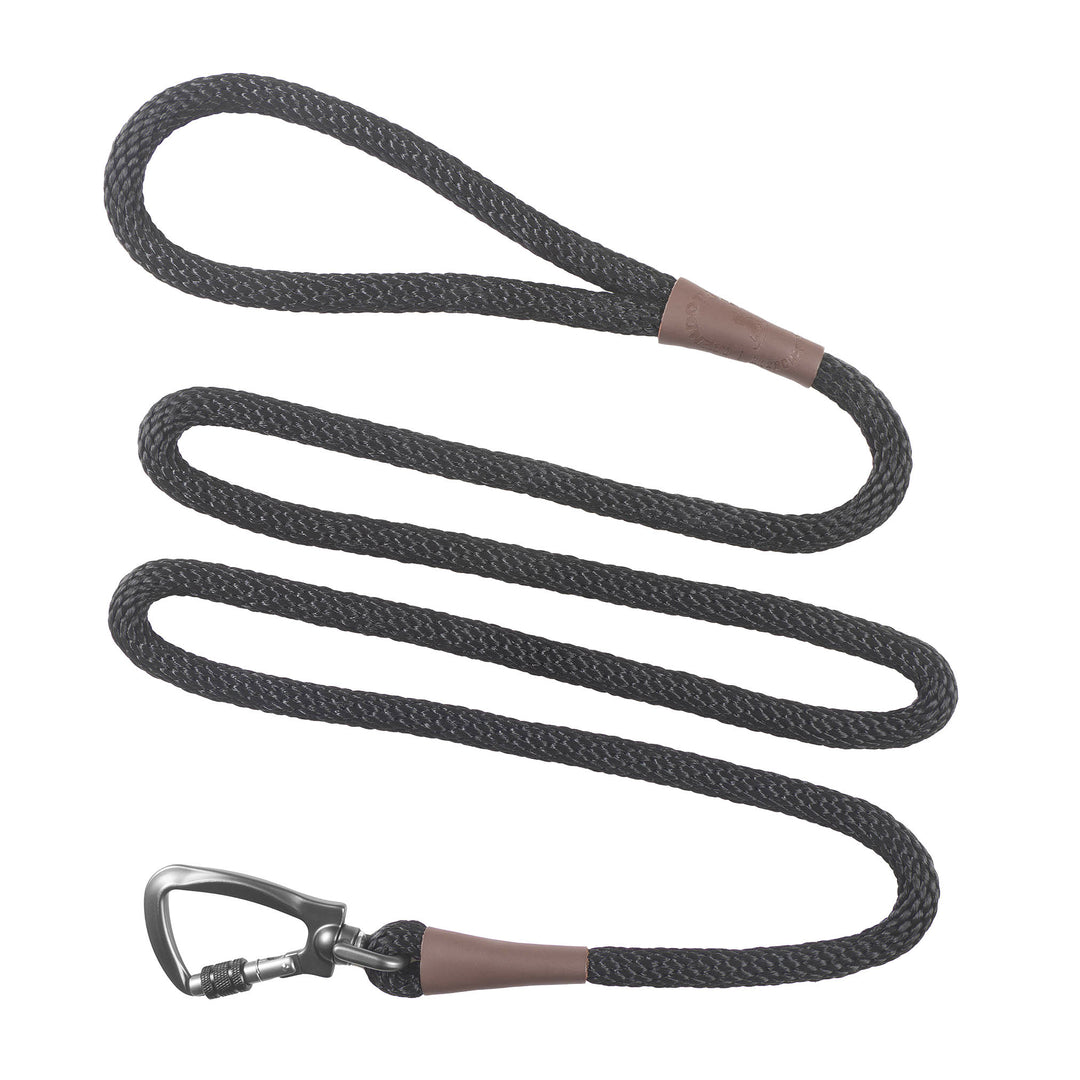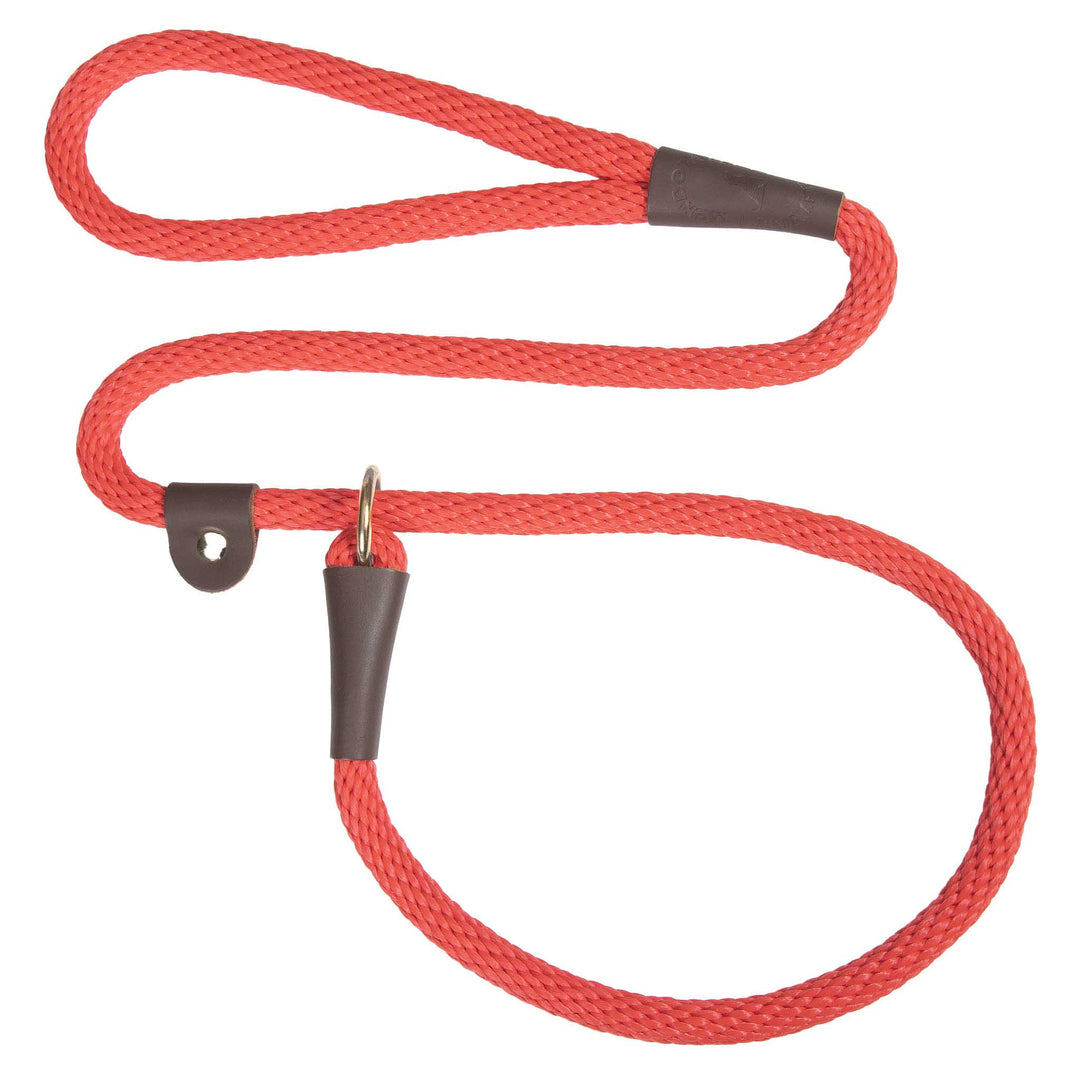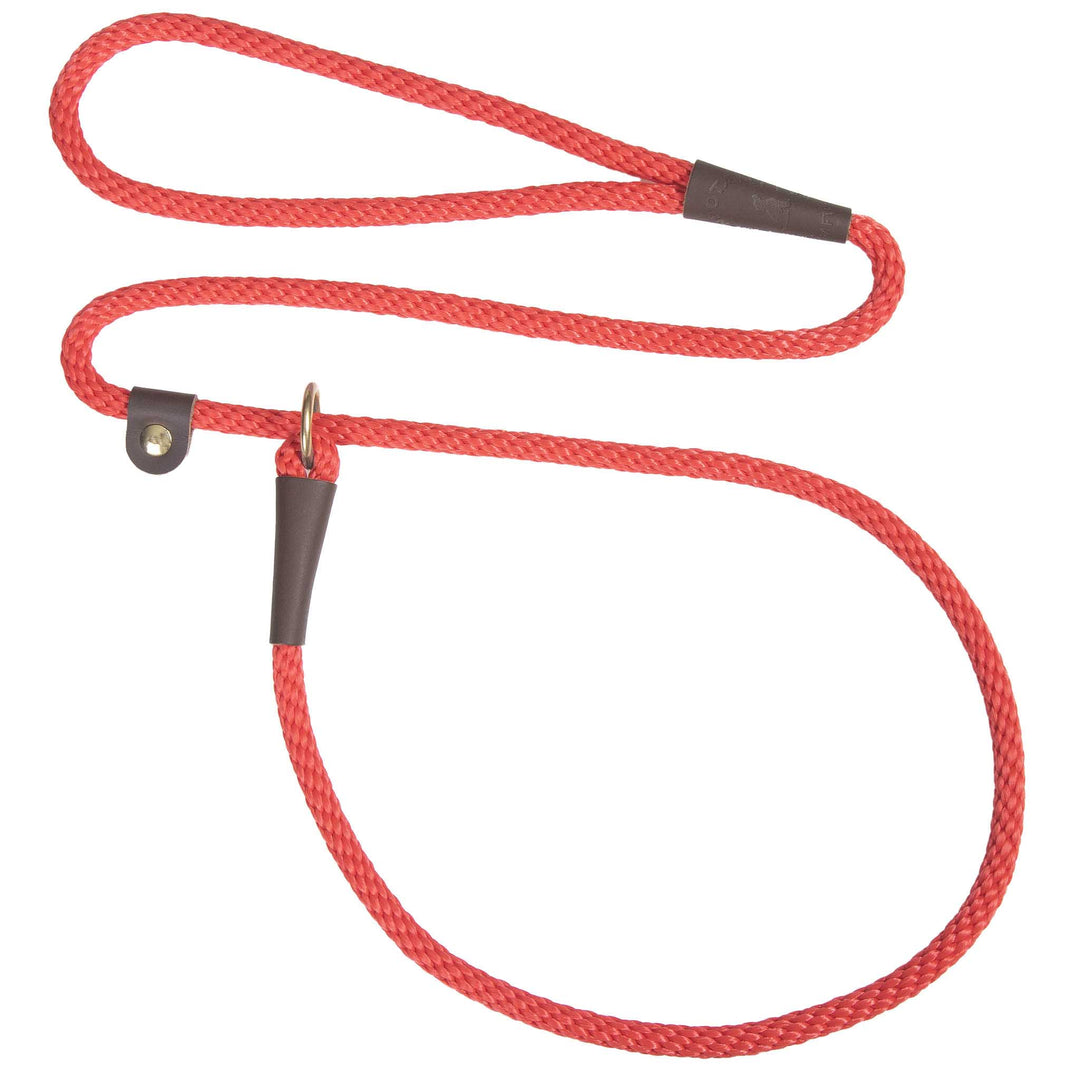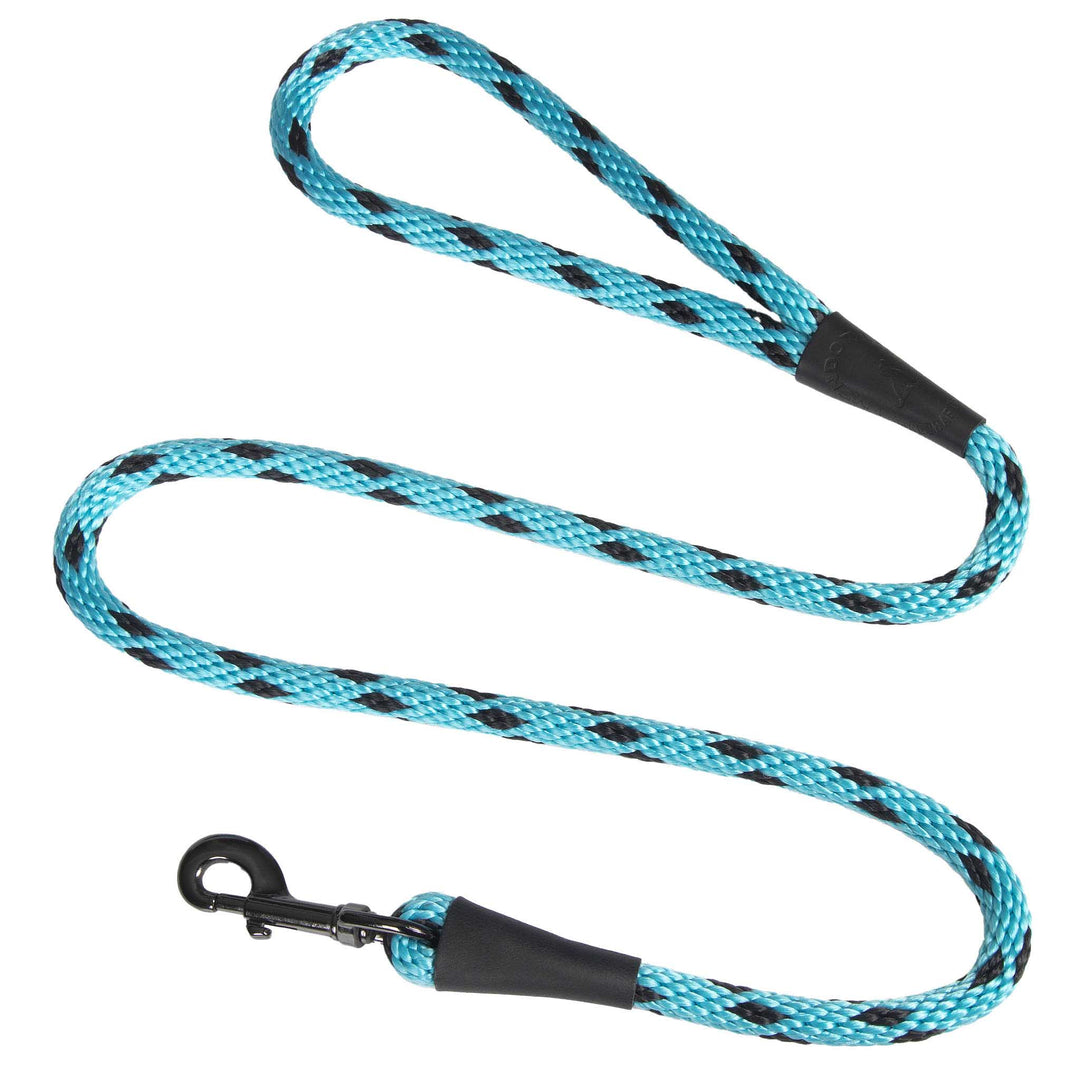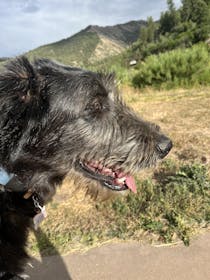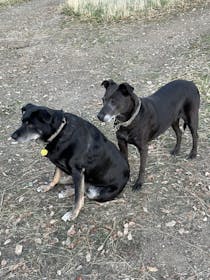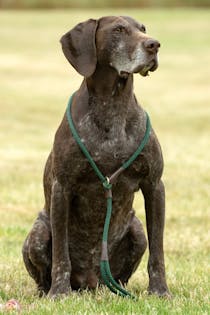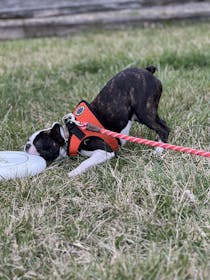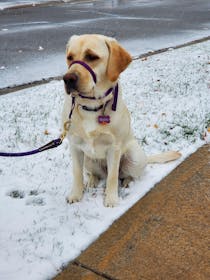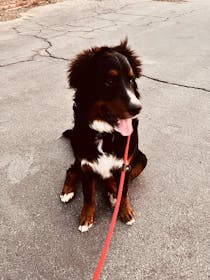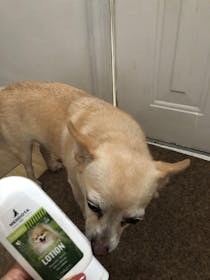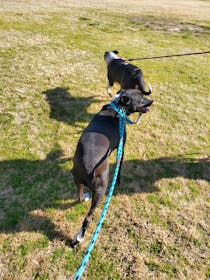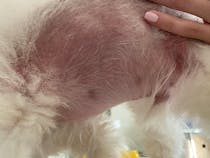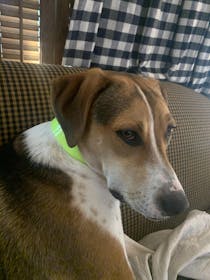Adapting to Weather Extremes with Pets
The nation is experiencing some strange weather this year. El Niño and La Niña are climate patterns in the Pacific Ocean that can impact weather on a global scale.
La Nina has ushered in devastating December tornados, flooding, heat waves in the northeast and freezing temps in the south.
These changing weather patterns do teach us that we all need to learn ways to adapt to extremes. Here are a few things you need to keep an eye on during the cold winter season.
Antifreeze
Antifreeze is a danger all year long. Be sure you keep pets away from any canisters of antifreeze, and avoid any pools of liquid on your walks. Ethylene glycol is an odorless liquid that is toxic to pets in even small doses.
Unfortunately, antifreeze tastes sweet, making it a real danger to pets. In fact, just a teaspoon is enough to be fatal for a small dog or cat.
Store any unused antifreeze in a safe location out of the reach of your pet. Make sure your car is not leaking antifreeze. Be aware of your pet’s surroundings when you are walking them in cold weather because other people may be using antifreeze.
Ice and De-icers
When walking your pet, make sure they are wearing boots. De-icing chemicals can cause serious damage to your pets paws.
If you need to use a deicer on your own sidewalks or driveaway, make sure you choose one that is safe for pets. “Pet-safe” products use propylene glycol instead of ethylene glycol.
Temperature
Normal body temperature for dogs vary by breed, however, the average is between 101℉ – 102.5℉. Cats also vary, but averages between 100.4℉ – 102.5℉.
This means that both dogs and cats are at risk of hypothermia when their body temperature drops below 100℉.
Check your pet's temperature regularly and if you think they're cold, don't be afraid to buy them a jacket or coat.
Bring Pets Indoors
Neither dogs nor cats should be outdoors during the night. Not only does this make neighbors unhappy, it’s very dangerous if you’re in a cold area. Pets should always be brought in for the night.
Planning ahead for cold weather is especially important if you have a senior pet. Cold temperatures can seriously impact their health.
Stress and Medication
Most calming medications lower your pet’s heart rate, which makes them very dangerous to use in the winter. Sadly, the holidays are when most people try to use them. If you do decide to go this route, explore natural calmants first.
Calm Time is ideal for naturally lowering your pet’s stress level without placing them in physical harm.
Check Engine Block
Before you warm up your car in the morning, take a second to slap the hood.
Cats and wildlife can often climb into the warm engine block to keep their body temperature up. This can result in fatality and engine damage. A little planning can go a long way to keeping pets safe.
Make sure you have an emergency kit on hand and a go-bag near the door.
No matter what your traditional climate, you should pay attention to the weather as our patterns change.



